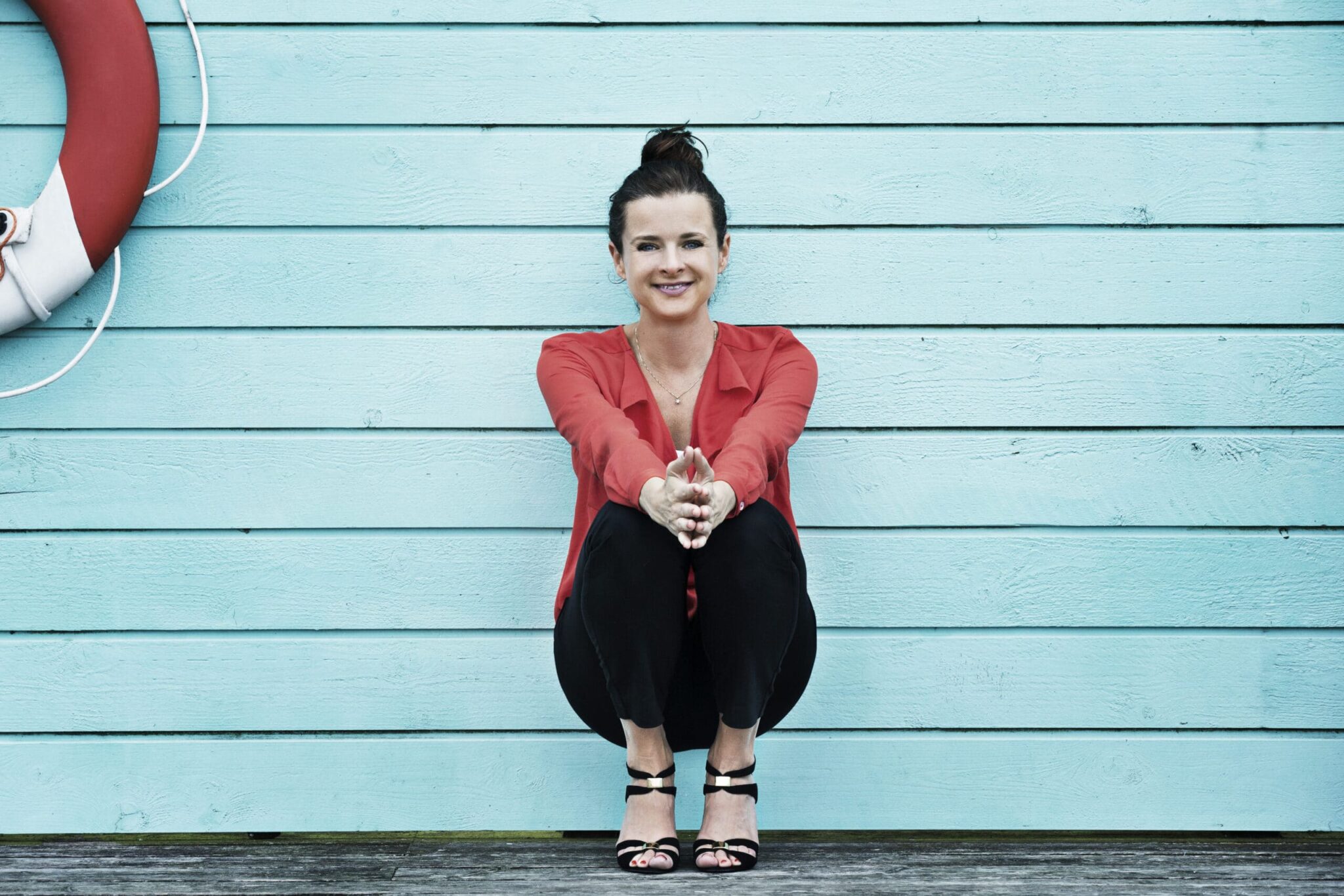We in India have a lot to be thankful for in the days preceding the economic reforms of 1990s, when Denmark supported several good projects in India.
Larsen and Toubro, the company that is well known in India, was started by two Danish engineers. The Amul dairy milk industry based in Gujarat, the so-called white revolution whereby India became self-sufficient in milk production, is inspired by the Danish dairy industry. More than two decades of domicile in Scandinavia has convinced me that the Danes are the Indians of Western Europe.
They love to laugh at the same things, they criticize their governments constantly just as we do in India, and they enjoy the freedom of speech just as we do and now they are labeled as the happiest people on earth.
Just yesterday, I had the pleasure of meeting Rikke Østergaard, a Danish writer, who has written a book titled, “TAK”, which literally means “Thank you”. In the very first chapter of her book, “What should we be thankful for?”, she mentions that India is one of the four best countries in the world for being thankful for the tiniest things in life. She has visited India several times just as many Danes love to. Even our greetings, like “Namaste”, are viewed by her as an attitude of being grateful from the moment we establish contact with others.
Rikke Østergaard, like countless other Danes, has travelled to India, not for business purposes but to explore the spiritual wealth of the country. I could write pages about the special reverence and relationship with India that Rikke feels, but I chose to give only one more emphatic example she gave to me about thankfulness.
She cited the winning answer given by Miss World of 2017, Manushi Chhillar, who went on the global stage and stated why one ought to be thankful for one’s mother´s work and sacrifice which cannot be measured in economic remuneration.
I personally feel very happy and thankful today that two countries that I love with my heart, two cultures in which I thrive, the people of two countries whom I love and admire, have become friends again.
While listening attentively to Rikke Østergaard yesterday, I felt that even though we speak two different languages, even though India, geographically speaking, is76 times the size of Denmark, our democratic attitudes are similar.
Rikke Østergaard has said on Danish TV that the Danes can learn to be thankful for the small things in life, just as Indians are. We in India can learn to be easy-going, free in spirit and mind and, most important of all, learn to create a safe and sound environment for women, the way Danes have done.
Denmark is the safest place in the world for women to live. I would be so thankful for visiting India next time, when I can read that our roads and cities have become safer for women.
The new friendship between India and Denmark should be regarded as one of the finest chapters in India´s foreign policy achievements.
Source for the original article:
https://timesofindia.indiatimes.com/blogs/mind-the-gap/what-brought-india-and-denmark-together/

